Rank Genus | ||
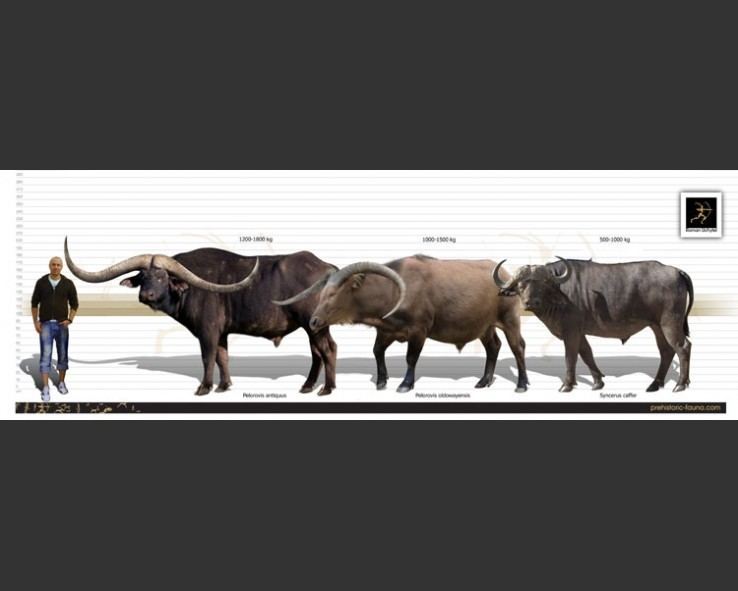 | ||
Similar Megalotragus, Even‑toed ungulate, Metridiochoerus, Bison latifrons, Hippopotamus gorgops | ||
Giant buffalo pelorovis antiquus
Pelorovis ("prodigious/monstrous sheep") is an extinct genus of African wild cattle, which first appeared in the Pliocene, 2.5 million years ago, and became extinct at the end of the Late Pleistocene about 12,000 years ago or even during the Holocene, some 4,000 years ago. Recent detailed anatomical and morphometric studies come to the conclusion that Pelorovis is probably not monophyletic. According to these findings, the early forms of the genus (P. turkanensis und P. oldowayensis) are close relatives, and possibly the first members, of the genus Bos. In contrast, the late Pleistocene form (Pelorovis antiquus) seems to be a close relative of the modern African buffalo (Syncerus caffer).
Contents
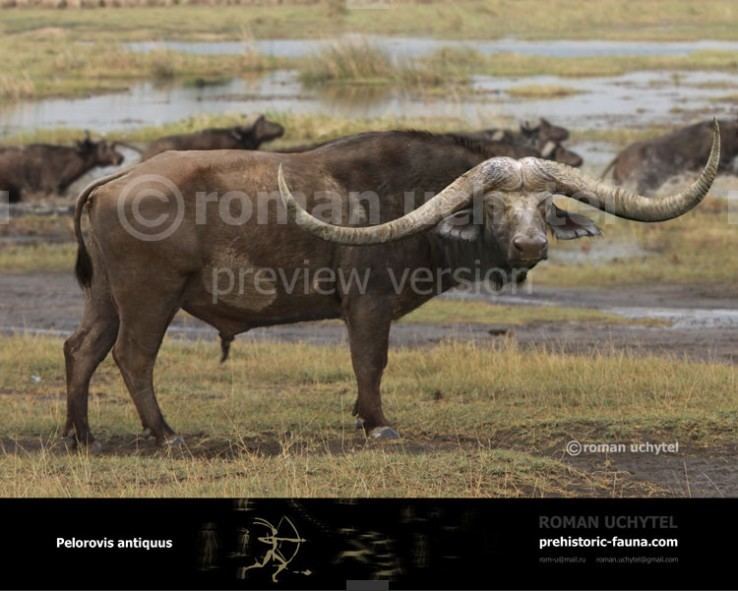
Description
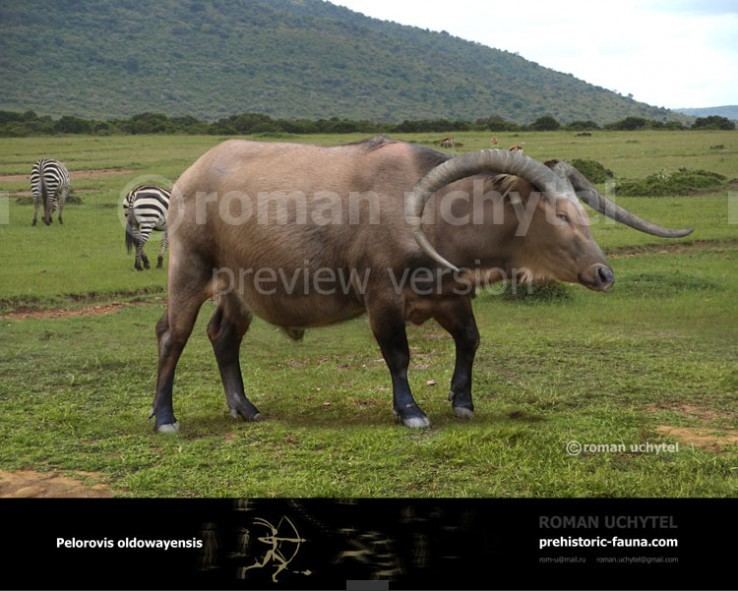
Pelorovis resembled an African buffalo, although it was larger and possessed longer, curved horns. Pelorovis probably weighed about 1,200 kilograms (2,600 lb), with the largest males attaining 2,000 kilograms (4,400 lb). This ranks it as one of the largest bovines, and indeed ruminants ever to have lived, rivaling the extinct American long-horned bison (Bison latifrons) and the extant African giraffe (Giraffa camelopardis). The bony cores of the horns were each about 1 metre (3.3 ft) long; when covered with keratin (which does not survive fossilisation) they could have been up to twice this length. The horns pointed away from the head, each forming a half circle in the species Pelorovis oldowayensis and Pelorovis turkanensis.
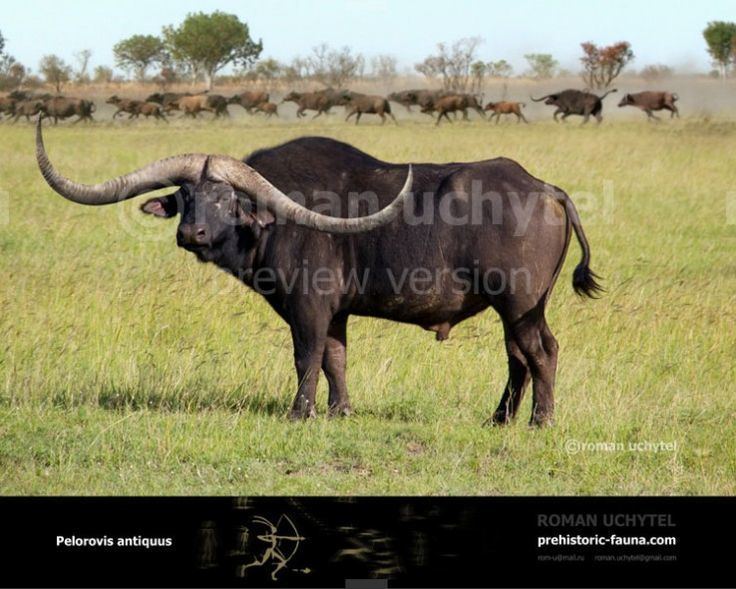
The horns of Pelorovis antiquus were also magnificent but resembled in shape more those of the Water buffalo (Bubalus). P. antiquus was even placed in the genus Bubalus by early specialists. Pelorovis oldowayensis was broadly the same size as modern African buffalo, but its legs were longer, and the elongated head of this species was reminiscent to those of the modern Alcelaphinae. Pelorovis antiquus was about the same size, but it was more robust.
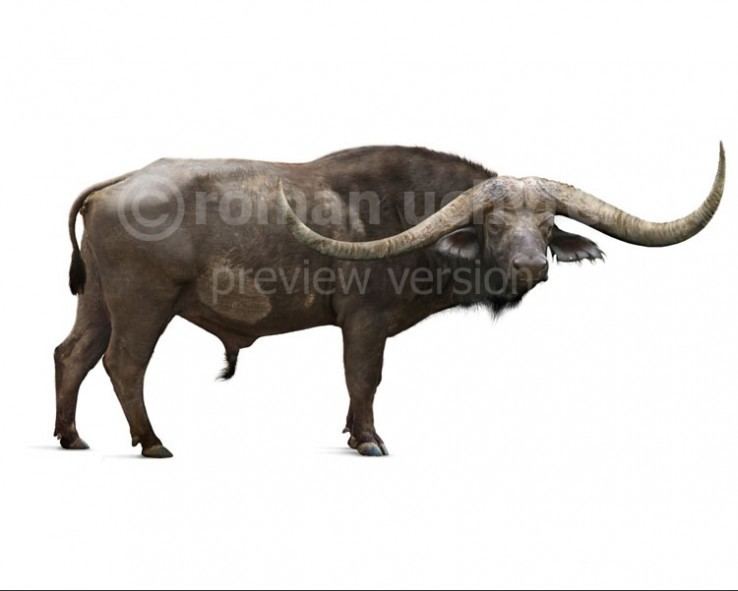
Pelorovis antiquus disappeared around 12,000 years ago from southern and eastern Africa. Fossil and archaeological evidence indicates that this species lived in North Africa until 4,000 years ago. Pelorovis oldowaywensis occurred in sub-Saharan Africa and disappeared 800,000 years ago.

The best fossils of Pelorovis oldowayensis are known from the Olduvai Gorge in Tanzania; a complete skeleton of Pelorovis antiquus was found near Djelfa in Algeria.
